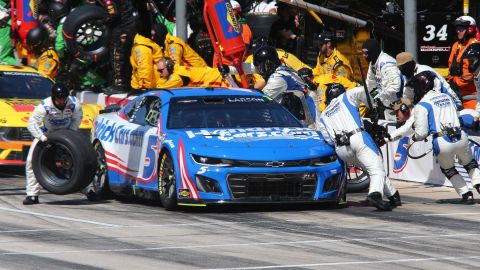The growing popularity of ride sharing companies such as Uber and Lyft could lead to a big improvement in rear-seat safety.
The National Highway Transportation Safety Administration is changing its full crash test procedure starting in 2019, such that it will use crash test dummies in the rear seats, as well as the front ones, according to Autoblog.
Although some might assume the NHTSA already does this, it currently only utilizes dummies in the back row for side-impact crash tests. As a result, passengers don’t have equal protection in the event of an accident.
“People assume a five-star rating extends to all seating locations, but it doesn’t,” engineering director for the Center for Injury Research and Prevention at Children’s Hospital of Philadelphia, Kristy Arbogast, said.
A recent Center for Automotive Safety reportedly found that around 900 children sitting in the rear seats died in rear-end crashes between 1990 and 2014.
“NHTSA is looking to promote an even higher level of safety for rear seat occupants under our Five-Star crash test program because vehicles are lighter and more compact than their predecessors,” NHTSA spokesperson Karen Aldana told Autoblog. “Our December 2015 proposal for public comment includes using a crash test dummy in the rear seat of a vehicle for our frontal impact crash test for the first time.”
Yet despite the existence of data that highlights the disparity between safety for occupants in the front and rear rows, the NHTSA’s claim isn’t the result of the CAS’s findings. Instead, they suggest the ride sharing trend, and subsequent increase in back-seat passengers is the cause of the safety push.



